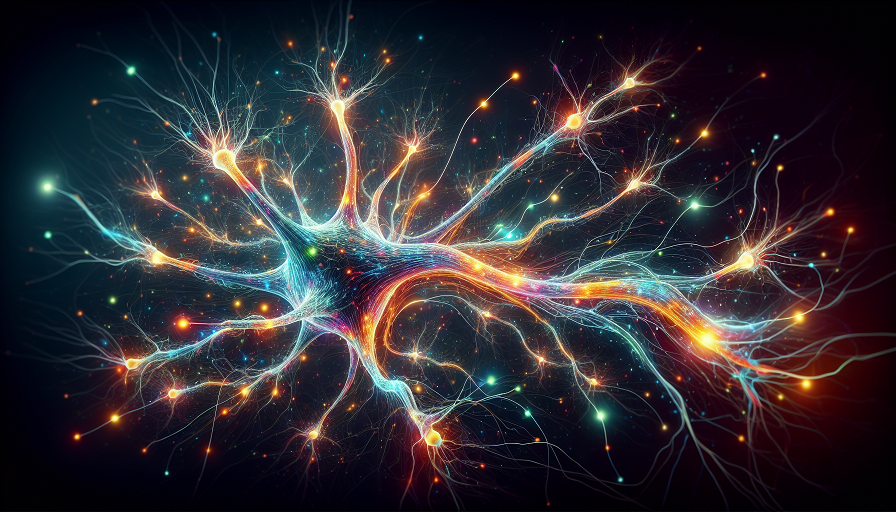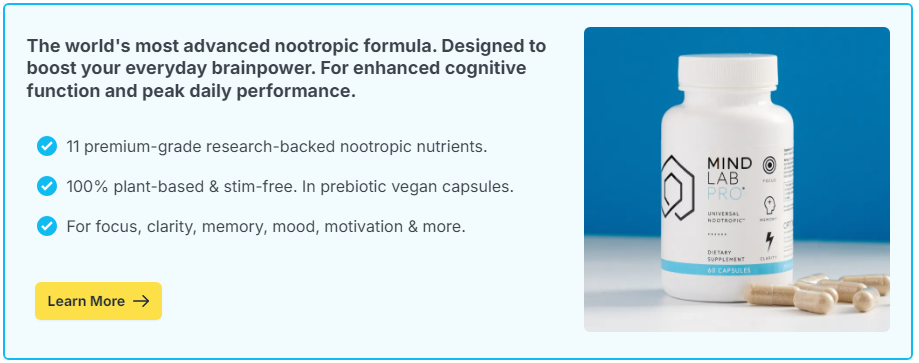
Yes – timing is everything. Blue-rich light boosts alertness during the day by signaling your brain that it is time to be awake, but the same light at night can delay sleep and leave you foggy the next day. Use bright, cooler light early and dim, warmer light before bed.
Contents
Why Blue Light Wakes You Up
Your eyes contain light-sensing cells that set the body clock. Blue-rich light (the kind common in daylight and many screens) strongly tells the brain it is daytime. This lowers melatonin – the hormone that helps you feel sleepy – while nudging up alertness and reaction speed. In short bursts, it can feel like a natural “switch on.”
Daytime Benefits For Focus
When used in the morning and early afternoon, blue-leaning light can sharpen attention and reduce sleepiness. Bright office lighting, outdoor daylight, or a well-placed task lamp helps you stay engaged with reading, meetings, or problem-solving. If you work in a dim room, adding brighter light can reduce yawns and mind-wandering.
Nighttime Downsides
At night, the same signal backfires. Blue-heavy light from phones, tablets, or bright LEDs suppresses melatonin and pushes your sleep later. You may still fall asleep, but the quality of deep and REM sleep often suffers, which harms next-day memory and focus. Late-night light also trains your clock to shift later, making mornings tougher.
How To Time Light For Better Alertness
A few simple lighting rules create clear days and restful nights.
- Front-Load Light: Get outside or use bright indoor light within 1–2 hours of waking. Even 5–10 minutes of daylight helps anchor your body clock.
- Keep Work Areas Bright: Use overhead lights plus a desk lamp during focus blocks. If possible, sit near a window for natural light variation.
- Dim After Sunset: Lower brightness on screens and lamps 60–90 minutes before bed. Switch bulbs or settings to warmer tones.
- Use Night Modes: Turn on “night shift” or “warm” settings on devices in the evening, and reduce notification pop-ups that spike arousal.
- Create A Wind-Down: Swap scrolling for an e-ink reader, paper book, light stretching, or audio content with the screen off.
What About Blue-Light Glasses?
Glasses that filter blue wavelengths can reduce evening exposure, but they are not magic. Content still stimulates the brain. Glasses work best alongside dimmer screens, earlier cutoffs, and a consistent bedtime.
Special Cases
Shift workers and students with late schedules can use light strategically: bright, cool light during the first half of the shift; dim, warm light at home; and blackout curtains for daytime sleep. People with migraines or light sensitivity should lower brightness and use warmer tones year-round to prevent headaches.
Common Mistakes To Avoid
A few small changes prevent light from quietly eroding your energy.
- Bright Screens In Bed: The bedroom should cue sleep. If you must use a device, keep it dim and at arm’s length.
- Dark Mornings, Bright Nights: Skipping morning light while blasting screens at 11 p.m. confuses your body clock.
- Ignoring Room Lighting: Overhead LEDs set to cool white all evening can be as disruptive as screens. Use lamps with warm bulbs at night.
- Assuming Filters Fix Everything: Blue-light filters help, but intensity and stimulation still matter. Dim and disengage.
Blue-rich light boosts daytime alertness but disrupts sleep when used late. Seek bright, cooler light soon after waking and during work hours, then shift to dim, warmer light in the evening. This simple timing strategy supports both sharp focus today and better memory tomorrow.

